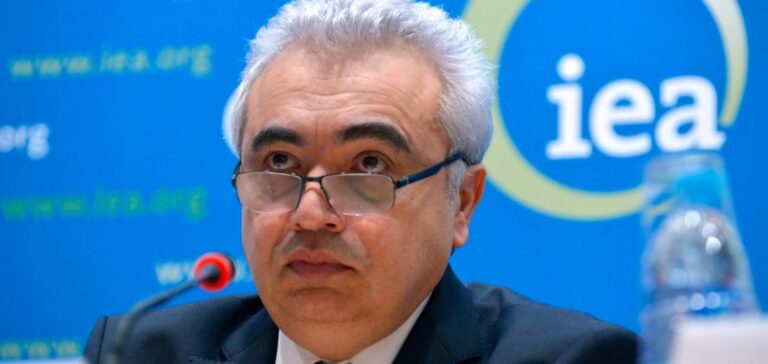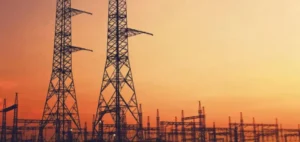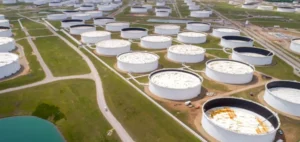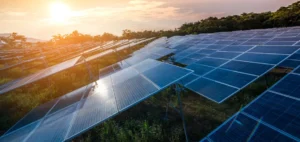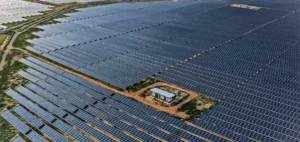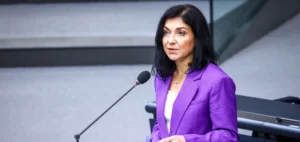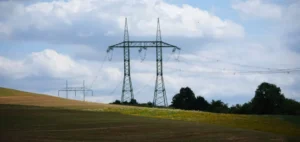The IEA and several of its partners have launched a new tool, the Cost of Capital Observatory, to track the cost of financing energy projects. Thus, its objective is to identify the risks that impede vital investment flows to emerging and developing economies.
The IEA launches a new observatory
To develop this Observatory, the IEA worked in collaboration with its partners. These include the World Economic Forum, ETH Zurich and Imperial College London.
It will be hosted on the IEA website. It will be updated regularly with new data, analysis and features. It will also host an interactive cost of capital dashboard to explore the data.
Reducing the cost of capital
Although they represent two-thirds of the world’s population, emerging and developing economies, excluding China, account for less than one-fifth of global clean energy investments. This is due to the high cost of capital, which reflects some of the real and perceived risks of investing in these economies.
Reducing the cost of capital is therefore an essential lever for attracting funds, particularly private capital.
However, there is a lack of transparency on the cost of capital, making it more difficult for investors to assess risk and for policymakers to act. The new Observatory was created to fill this gap.
Fatih Brol, IEA’s executive director, says:
“A high cost of capital is a barrier for investors. So the data provided by our Observatory is critical to understanding how this barrier can be overcome. This will allow more capital to flow into clean energy. There is indeed an urgent need to address the current energy crisis and achieve the Sustainable Development Goals.”
Facilitating the global energy transition
Reducing the cost of capital would make a huge difference in the overall costs of energy transitions. According to new IEA estimates, reducing financing costs by 2 percentage points would provide the investment needed to achieve net zero emissions in emerging and developing economies. The cumulative amount of this reduction would be $16 trillion over the period to 2050.
The IEA estimates that global investment in clean energy will increase by more than 10% in 2022 to a total of $1.4 trillion.
Nevertheless, this is almost entirely due to the advanced economies and China. Spending on clean energy in emerging and developing economies will remain almost at 2015 levels.
Many countries are in a trap. Underdeveloped financial markets discourage investment and the absence of projects prevents the establishment of reliable price references.

